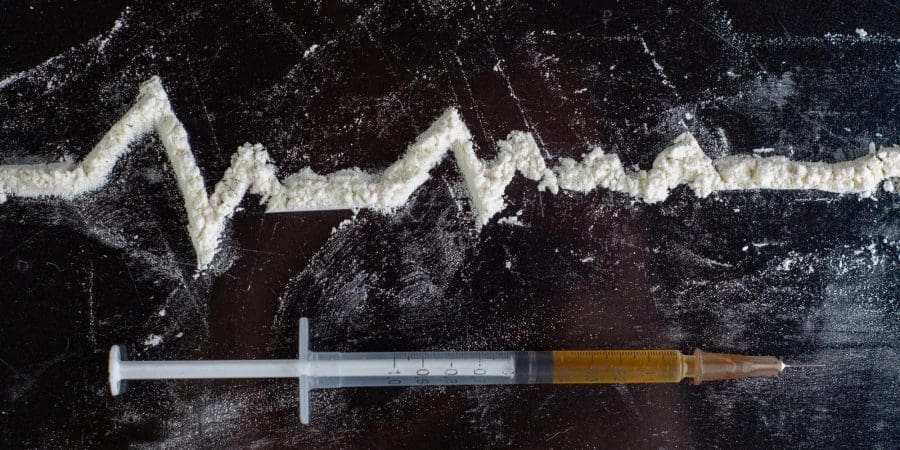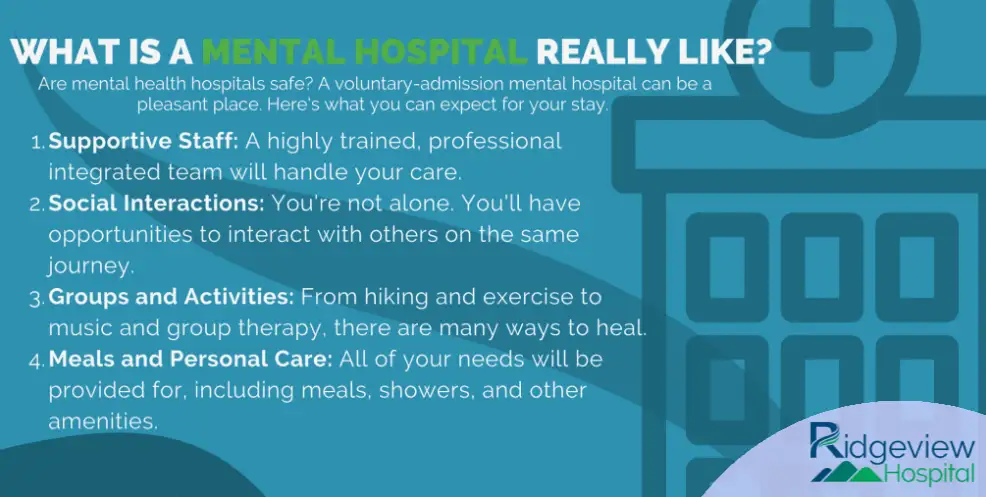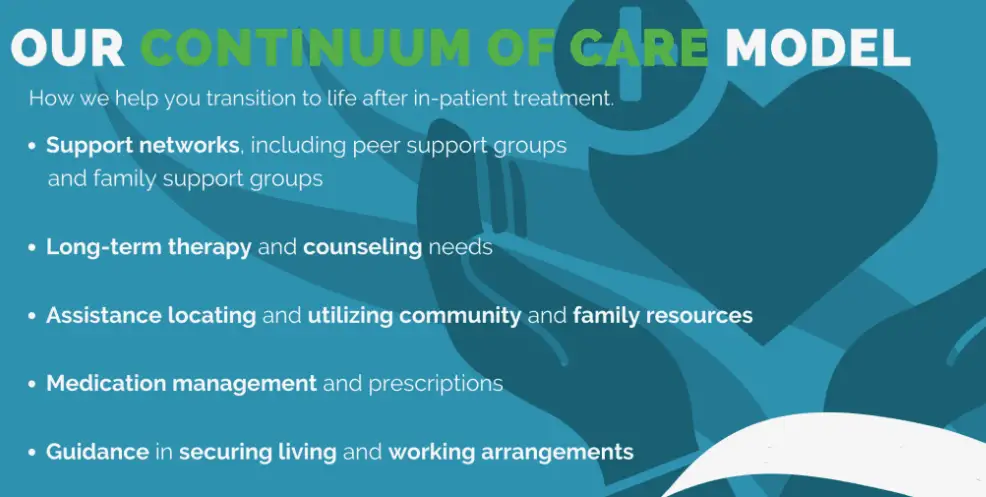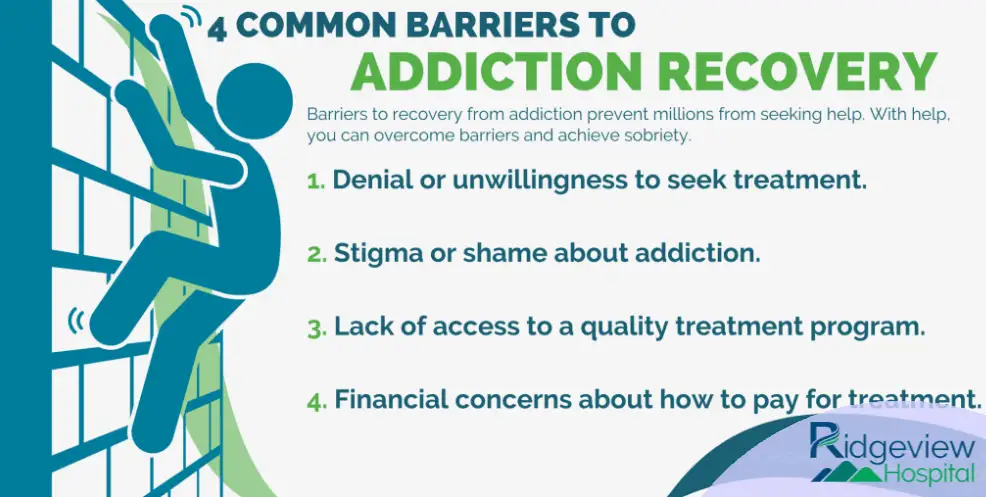By now it is evident that drug overdose deaths increased substantially due to a variety of issues surrounding the coronavirus pandemic. However, in Middle Point, Ohio, overdose deaths increased at a noticeably greater rate than in the rest of the country. Learn more about drug trends and how to find help for yourself or a loved one who is struggling with addiction.

Drug Trends
Over the last four years 2020-2024, Middle Point, Ohio has seen significant shifts in drug trends, mirroring statewide and national patterns. The most notable change is the sharp increase in fentanyl-related overdoses. Fentanyl, often mixed with other drugs like heroin, methamphetamine, and cocaine, has become the leading cause of overdose deaths. The opioid crisis continues to evolve, with fentanyl posing a much higher overdose risk compared to other substances. Additionally, methamphetamine use has been rising, and prescription painkiller misuse remains an issue (Ohio University). – For more detailed information, you can visit the Ohio Substance Abuse Monitoring Network here (Ohio University).
The outbreak of COVID-19 sent a ripple through the daily lives of nearly every person on earth. Given the tremendous stress caused by forced isolation, quarantine, disruption of schedules, support services, and nearly every other routine, it is not surprising that many people turned to alcohol and drug use to relieve anxiety. Sadly, however, this resulted in a national increase of 28.9% in overdose deaths from 2019-2020.
In Ohio, these numbers were even more alarming. The increase in Middle Point, Ohio overdose deaths was closer to 46%. Reasons for the differences in increases are not yet fully understood. However, some interesting trends of overdoses have emerged.
Middle Point Ohio Overdose Death Trends
The state of Ohio is no stranger to substance abuse problems. Historically, both prescription and illicit opioids have flooded the state, including in the Middle Point area. Over time, inpatient have indicated a shift from prescription opioids to heroin and, more recently, from pure heroin to laced heroin, meth, and fentanyl. According to the coroner, overdose deaths tell a similar story, although some other new trends can be noted.
Drug Overdoses
Overall, 855 drug overdose deaths were recorded in 2020 versus the 587 deaths in 2019, depicting the 45.6% increase during 2020. For additional insight, consider the breakdown below (data referenced are from the years 2017-2020):
Drug Overdoses by Drugs
The drug most responsible for Middle Point Ohio overdose deaths continues to be fentanyl. Fentanyl is saturating the illicit drug supply at an alarming rate causing overdoses among many users who never intended to take the drug. The remaining 2020 drug overdose deaths were from the following substances:
- Fentanyl (87%)
- Cocaine (42.8%)
- Alcohol (25.6%)
- Meth (14.3%)
- Xylazine (3.5%)
Please note that due to polydrug use, overdose deaths by substance will not equal 100%. The most popular drug combinations were found to be fentanyl and cocaine followed by fentanyl and meth. The reason for the overwhelming presence of fentanyl is likely due to the fact that it’s cheap and readily available. Because of this, it is often used to cut drugs or replace the substance entirely.
Drug Overdoses by Gender
The distribution of drug overdose deaths in the Middle Point area did not change much during the 2019-2020 year. While more overdoses were recorded, about 29% of these were female and 71% were male, which is fairly typical for the area in recent years.
Drug Overdoses by Age in 2020
The highest proportion of reported accidental overdose cases fell within the 25-44 age range. Specifically, the overdose deaths by age were recorded as follows:
- Ages 35-44: 25.7%
- Ages 25-34: 25%
- Ages 45-54: 23.6%
- Ages 55-64: 15.4%
- Ages 20-24: 5.5% (note this age range is only four years versus nine years)
- Ages 65+: 3.5%
- Ages 0-19: 1.2%
Drug Overdoses by Age in 2024
- Ages 25-34: This group has seen a high rate of overdoses, driven primarily by opioids, including fentanyl.
- Ages 35-44: This age group has experienced the highest rates of drug overdose deaths, often involving a combination of opioids and stimulants like methamphetamine.
- Ages 45-54: Overdoses in this group are significant, with many cases involving prescription opioids.
The largest increase in drug overdose deaths from 2019-2020 was seen in the 45-54 age range (19.8% to 23.6%). Additionally, the 65+ age group saw overdose rates double from two percent in prior years to four percent in 2020.
Drug Overdoses by Race/Ethnicity

Drug overdose data from the Franklin County coroner indicates that the Asian population was the only racial group in Franklin County to have consistent overdose rates. Alternatively, overdose deaths in the Caucasian, Hispanic, and African American subgroups notably increased. Perhaps the most notable new trend regarding race was that more African Americans died from drug overdoses in the years 2019 and 2020 than any other racial group. Historically, the greatest number of drug overdose deaths were found among the Caucasian population, which remained unchanged for many years.
The main reason for the increase in overdose deaths among black Ohioans is thought to be fentanyl-contaminated cocaine. Historically, cocaine has been abused more often in black communities, compared to heroin which is more commonly abused by white Ohioans. Because opioids cause overdose more frequently than stimulants, overdose predominantly affected white communities. But this changed when other drugs routinely became laced with fentanyl, which tragically resulted in a large number of deaths.
How to Get Help: Drug Rehab in Middle Point, Ohio
Without question, the pandemic presented challenges that no one could have predicted. As a result of COVID and the influx of fentanyl, Middle Point Ohio overdose deaths skyrocketed. However, addiction help is available in Middle Point, Ohio. Ridgeview near Middle Point is an accredited Ohio drug rehab that offers numerous programs to accommodate each individual’s needs. These include:
- Drug and Alcohol Detox
- Inpatient Drug Rehab
- Dual Diagnosis
- Partial Hospitalization Program (PHP)
- Intensive Outpatient Rehab
- Offsite Partial Hospitalization Program
At Ridgeview Behavioral Hospital, we provide a continuum of care that supports the patient from before treatment to long after treatment ends, giving patients the connections needed to achieve lasting recovery. To learn more about our programs and treatment services, call one of our admissions specialists at 419-949-8590, or fill out our contact us form. No matter where you are in your journey, Ridgeview is ready to help.
Frequently Asked Questions
What are the main factors contributing to the increase in overdose deaths in Middle Point, Ohio?
The increase in overdose deaths in Middle Point, Ohio, is attributed to several factors, including the rise in the availability of synthetic opioids like fentanyl, increased substance abuse due to economic and social stressors, and limited access to addiction treatment and mental health services.
How can individuals recognize the signs of an overdose?
Signs of an overdose can include unresponsiveness, slow or irregular breathing, blue or pale skin, pinpoint pupils, and unconsciousness. If you suspect someone is overdosing, it is crucial to call emergency services immediately.
What steps can be taken to prevent overdose deaths in the community?
Preventing overdose deaths involves a multifaceted approach, including increasing access to addiction treatment and mental health services, distributing naloxone to reverse overdoses, implementing public education campaigns about the dangers of drug use, and enhancing support systems for individuals at risk.
What resources are available for individuals struggling with substance abuse in Middle Point, Ohio?
There are several resources available for individuals struggling with substance abuse in Middle Point, Ohio, including local behavioral health centers, addiction treatment programs, support groups such as Narcotics Anonymous, and crisis hotlines. These resources provide support and treatment options tailored to individual needs.
How can families support loved ones who are dealing with addiction?
Families can support loved ones dealing with addiction by educating themselves about the disease, encouraging open and non-judgmental communication, seeking professional help, participating in family therapy sessions, and providing emotional and practical support throughout the recovery process.
What are the most common addictive drugs used by teens?
The most common addictive drugs used by teens include marijuana, prescription medications (such as opioids and stimulants), alcohol, nicotine (vaping), cocaine, ecstasy (MDMA), inhalants, methamphetamine, hallucinogens (such as LSD), and synthetic cannabinoids (like Spice and K2).
Why do teens abuse drugs?
Teens may abuse drugs for various reasons, including peer pressure, stress, curiosity, a desire to escape problems, or to enhance academic or athletic performance. Mental health issues and family history of substance abuse can also be contributing factors.
What are the signs of drug abuse in teens?
Signs of drug abuse in teens may include changes in behavior, declining academic performance, unusual tiredness, secretive behavior, changes in social circles, neglecting personal hygiene, and physical symptoms such as bloodshot eyes or sudden weight loss.
How can parents help prevent teen drug abuse?
Parents can help prevent teen drug abuse by maintaining open communication, educating their children about the risks of drug use, setting clear rules and expectations, being involved in their children’s lives, monitoring their activities, and seeking professional help if needed.
What should parents do if they suspect their teen is using drugs?
If parents suspect their teen is using drugs, they should calmly approach their child, express their concerns, and listen without judgment. Seeking advice from a healthcare professional or a counselor experienced in teen substance abuse is also recommended.





















